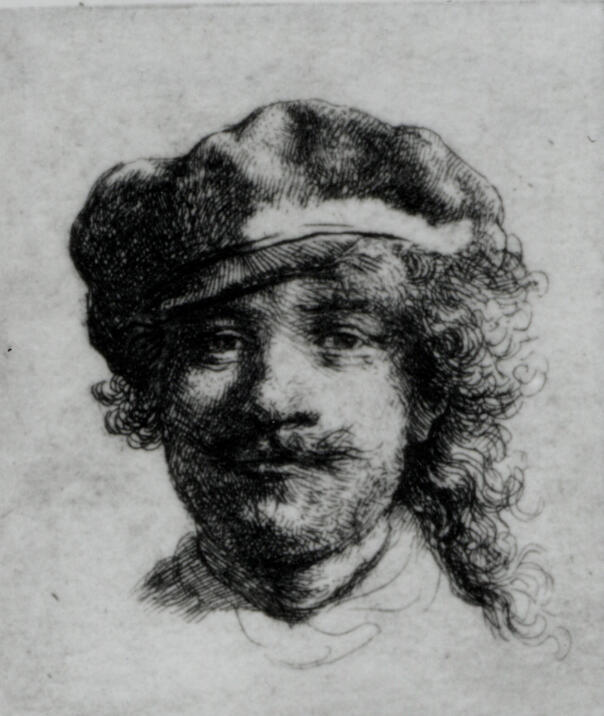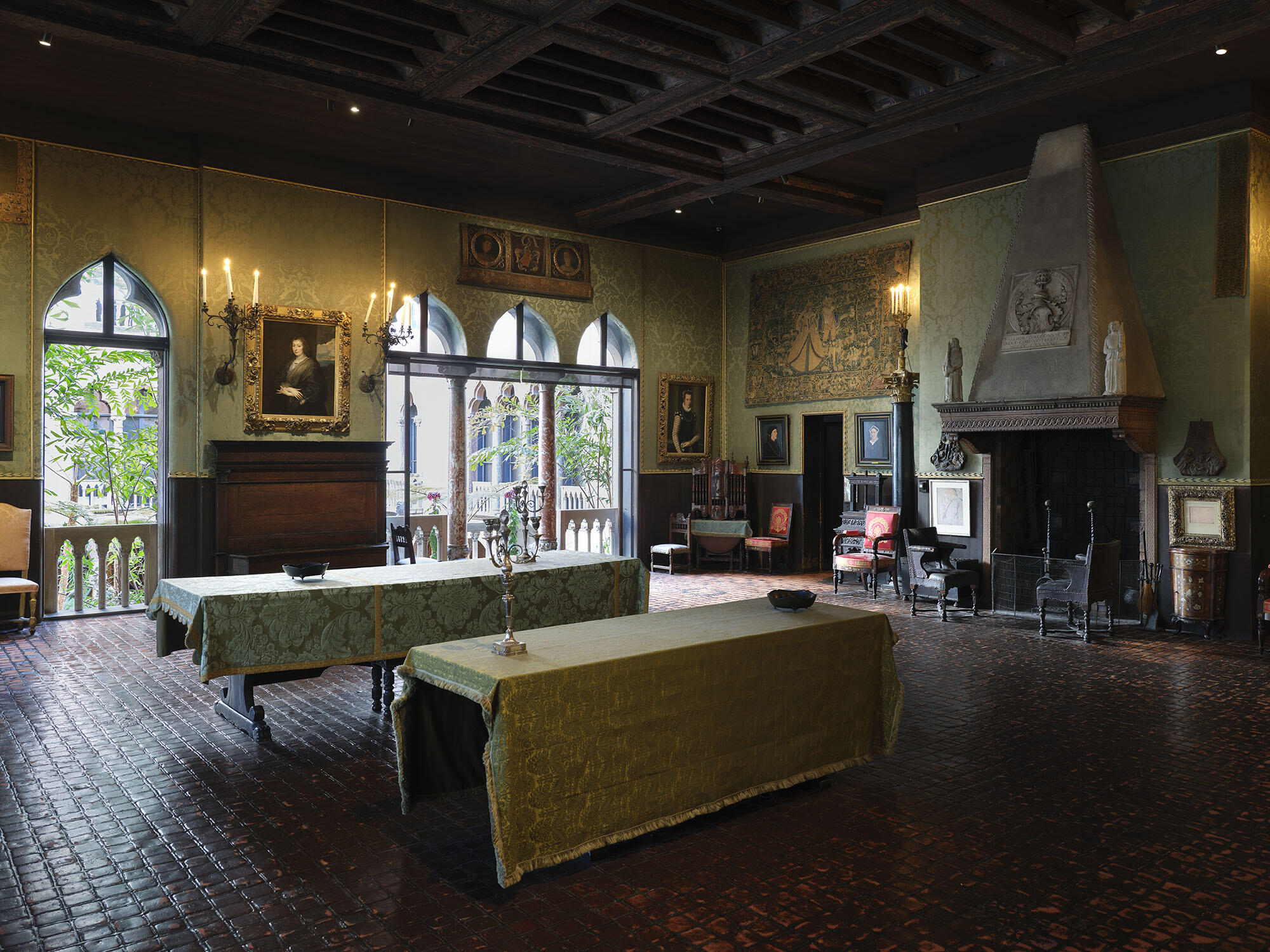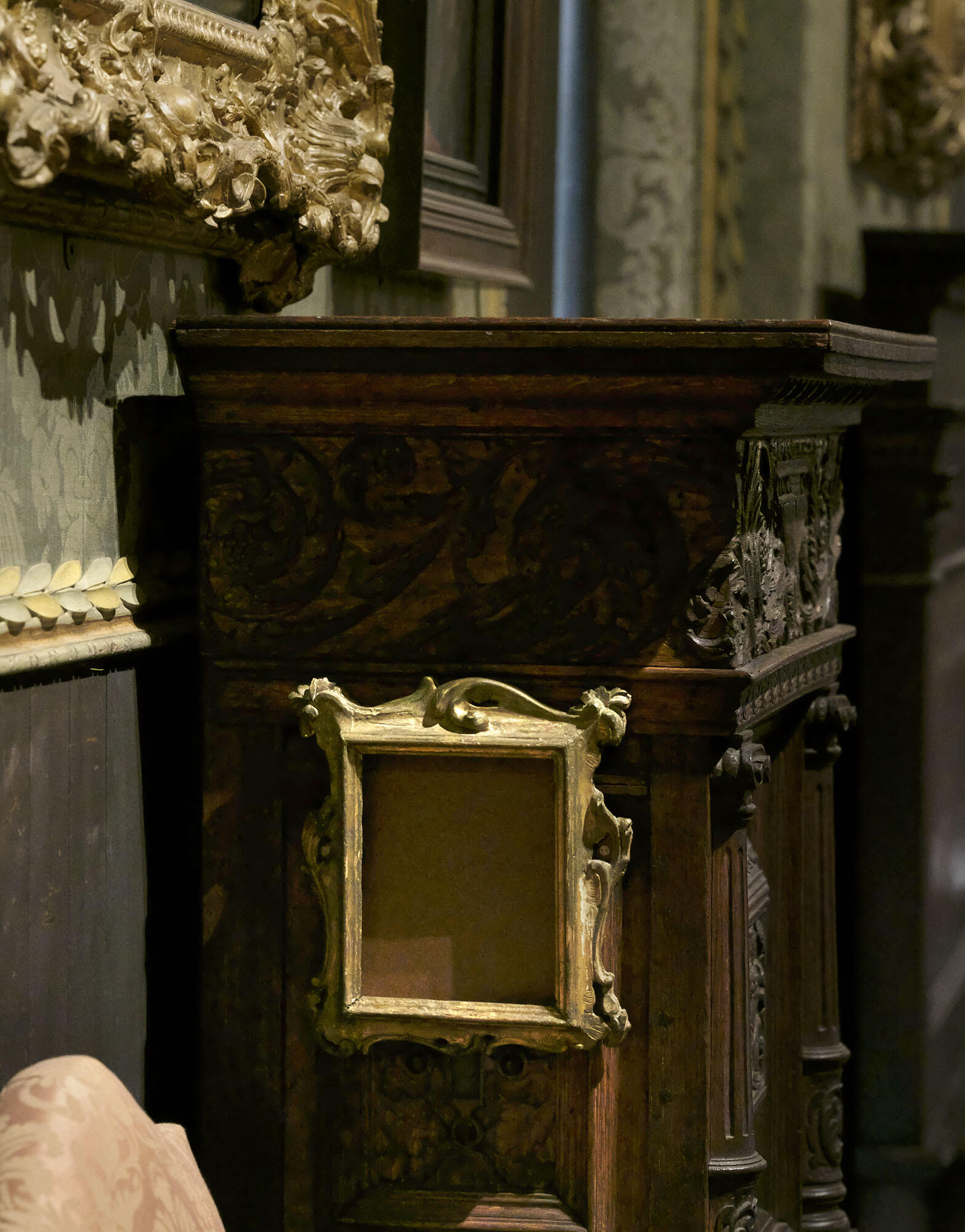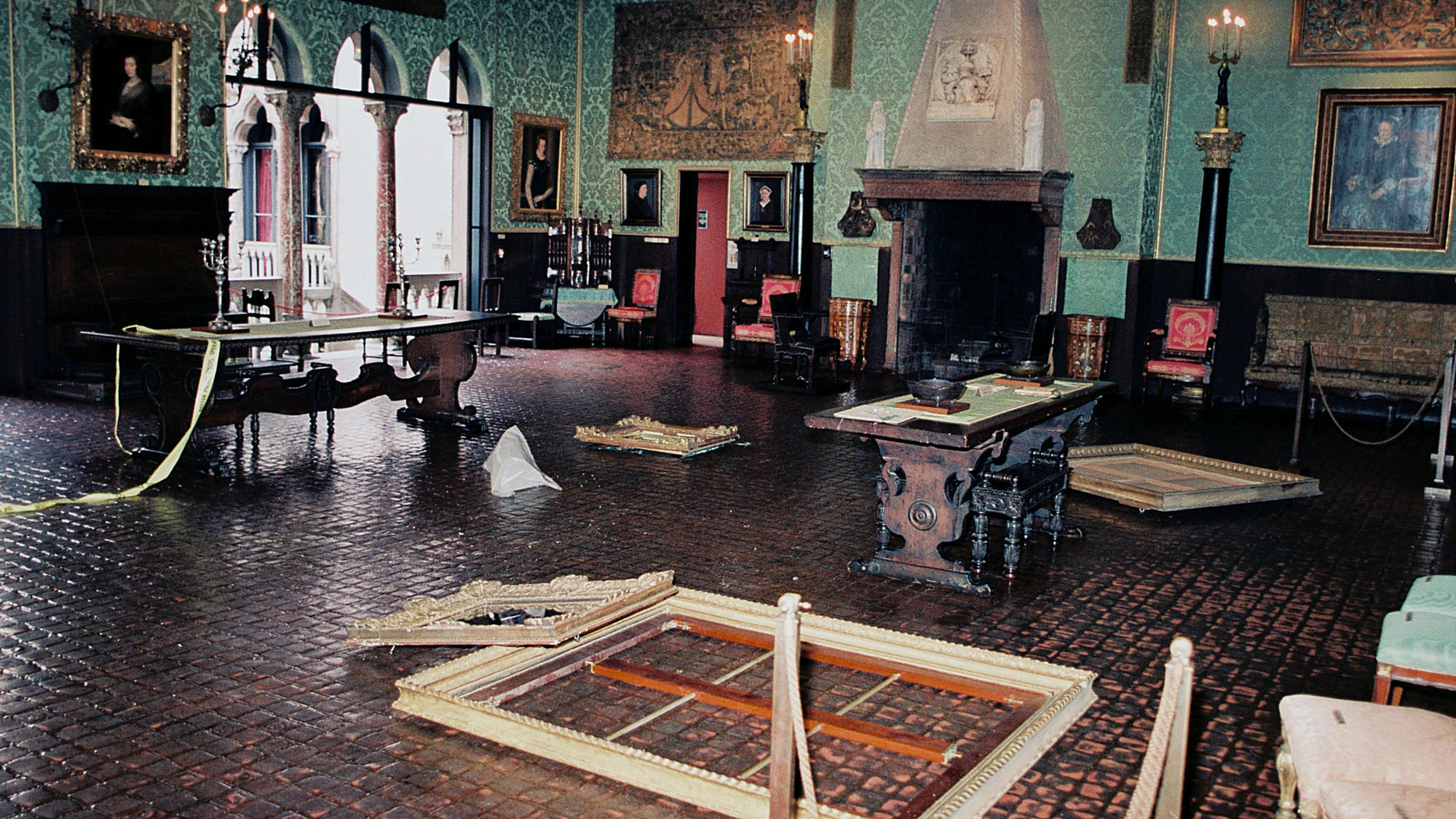While the theft of art continues to be a problem throughout the world, there is no reliable number for measuring just how much cultural property is stolen each year. The Federal Bureau of Investigation’s Art Crime Team says that worldwide law enforcement statistics are not all that reliable because art theft isn’t always reported. Moreover, it’s not altogether unusual for art to be stolen long before the owner becomes aware of the loss. But it is safe to say that thousands of pieces of art go missing every year. In fact, the Art Loss Register reports that as of 2024, more than 700,000 items are in its database of lost or stolen art.
Takeaway Rembrandt
Despite the large volume of worldwide art theft, it is very rare for a piece to be stolen more than once. The work of art that has been stolen most often—a staggering four times from the same institution—is Rembrandt’s Portrait of Jacob de Gheyn III which hangs in the Dulwich Picture Gallery in London. Fortunately for that museum, each time it was taken it was recovered or simply returned by the thieves. Still, it is now referred to by an ignominious moniker: the Takeaway Rembrandt.
Theft at the Gardner
While many are familiar with the fact that Rembrandt’s small self-portrait etching was stolen from the Gardner Museum during the infamous 1990 heist along with two other Rembrandts and 10 more pieces, few are aware that this marked the second time it was stolen.

Isabella Stewart Gardner Museum, Boston (P21n9). Stolen in 1990.
Rembrandt van Rijn (Dutch, 1606–1669), Portrait of the Artist as a Young Man, about 1633. Etching, 4.5 x 5 cm (1 3/4 x 1 15/16 in.)
Just before 11 am on November 24, 1970, a young college student named John Calderwood was standing alone in the northeast corner of the Dutch Room on the museum’s second floor, diagonally across from a security guard. Suddenly, a loud pop came from his vicinity. The guard and two nearby security colleagues quickly approached Calderwood who had immediately stooped to pick up the remnants of a light bulb he dropped on the floor. Guards found that he had a second bulb in his pocket.

Isabella Stewart Gardner Museum, Boston
The northeast corner of the Dutch Room
The security foreman immediately scanned the room and quickly found the small frame which held the self-portrait etching was broken and the artwork missing. Police were summoned and Calderwood was placed under arrest as he attempted to depart the museum. He did not have the etching, but investigators were certain that he had created a diversion for a cohort who left the premises with the small, easily hidden piece tucked away.

Isabella Stewart Gardner Museum, Boston
The empty frame for Rembrandt’s etching Portrait of the Artist as a Young Man that was stolen in 1990, in the Dutch Room
Acquittal and Recovery
The Gardner Museum took all the necessary steps to try to recover the Rembrandt and assist the police in their investigation into Calderwood. All witnesses prepared summaries of their observations to aid the prosecution. And the museum director, Rollin Hadley, notified the Art Dealers Association of America, located in New York City, of the loss along with a detailed description of the 1.75” x 2” piece.
On December 10, 1970, with the etching still missing, Calderwood stood trial in Roxbury District Court. Despite the testimony of the guards who witnessed his actions and the fact that the judge previously told the defendant that he did not believe he was telling the truth, Calderwood was acquitted due to insufficient evidence.

Isabella Stewart Gardner Museum, Boston
Dutch Room the day after thieves stole 13 works of art from the Museum, 18 March 1990
All hope seemed to be lost for any sort of justice in the matter until a few months later when Hadley received a phone call from an anonymous art dealer in New Rochelle, New York. His decision to quickly notify the Art Dealers Association of America proved wise, as the dealer was able to identify the etching as belonging to the Gardner based on Hadley’s detailed description. The honest dealer agreed to return the piece on the condition that no questions be asked. The museum was happy to oblige, and the etching was placed back in its frame where it was on display for another twenty years until that fateful night in March 1990.